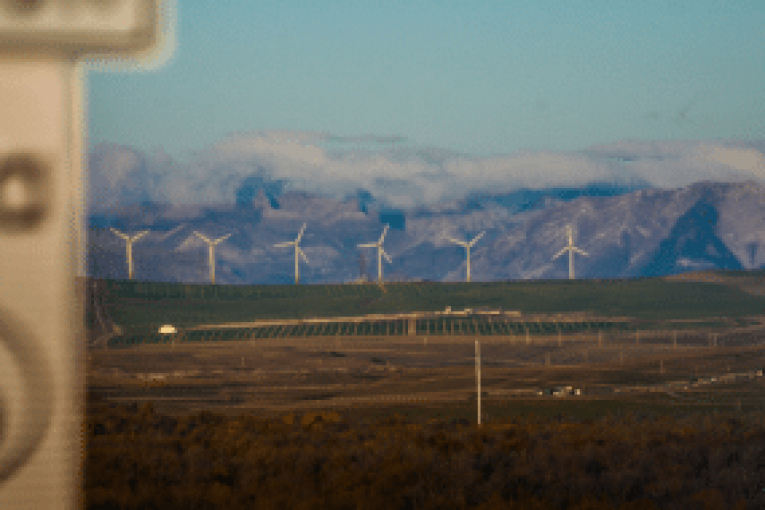
There’s an expression about the lazy days of summer, but in recent weeks, wind energy developers in Alberta and Saskatchewan have been anything but idle.
They have been hard at work readying their projects as both provinces move forward with their plans to go to the market for new clean energy supply.
The Alberta Electric System Operator (AESO) is in the middle of a competitive process to procure 400 MW of renewable energy that will come on-line by the end of 2019. This is the first step in the province’s plan to support installation of 5,000 MW of renewable power capacity by 2030.
When the Renewable Electricity Plan (REP) Round 1 request for qualifications (RFQ) stage closed in June, the AESO received 22 applications for renewable energy projects, from Alberta and across the globe. We also know that, at last count, there were more than 8,000 MW of wind projects on the AESO’s connection list. In other words, the AESO has a wide variety of projects to choose from as it chooses qualifiers to participate in a formal request for proposals (RFP) to be released September 15.
SaskPower’s ongoing procurement for 200 MW of wind energy to be brought online in 2021 is also the first in a series designed to meet the utility’s goal of having wind make up 30 per cent of the province’s generating capacity by 2030. SaskPower’s RFQ attracted 23 submissions, and from those, eight companies were invited to submit project bids by the May 25, 2018 deadline.
Both the AESO and SaskPower have put a lot of time and effort into designing competitive processes that will ensure they get the best our industry has to offer. From the very strong response they’ve received, it’s pretty clear they are on the right track.
Both provinces have set clear, long-term goals that give businesses the confidence to invest in the development of projects that may compete in multiple procurements over a number of years prior to being awarded with a contact. The next step is to provide a well-defined schedule of such future procurements. This will then provide developers with the time and incentives to forge meaningful, mutually beneficial working relationships with municipalities, landowners, and Indigenous communities in both Alberta and Saskatchewan.
In the wind energy industry, the competitive forces are considerable. Almost 60,000 MW of wind energy was installed worldwide in 2016, the second-biggest year ever. The International Energy Agency’s newly released World Energy Investment 2017 report found spending in the electricity sector exceeded the combined investment in oil, gas and coal supply for the first time ever last year, and the largest area of electricity spending was in renewable energy. Bloomberg New Energy Finance’s New Energy Outlook 2017 predicts that nearly three-quarters of the US$10.2 trillion spent on new power generation over the next 23 years will be invested in renewables, and that by 2040, wind and solar will make up 48 per cent of the world’s installed generating capacity and 34 per cent of total electricity production.
The need to reduce greenhouse gas emissions is a big driver of this energy market shift, but so too is cost. Wind energy is 66 per cent less expensive than it was just seven years ago – thanks mainly to rapid technological innovation – and Bloomberg is expecting to see another 47 per cent drop by 2040. Wind is now the least expensive form of zero-emission electricity available in Canada, and increasingly competes head-to-head with gas-fired plants – the lowest-cost conventional generation source – in markets across North America.
There is no doubt the RFPs now underway in the Prairies will ride these trends and deliver clean, affordable electricity to consumers. In fact, I’m willing to go one step further. I predict that when the winners in Alberta are announced in December and in Saskatchewan in the fall of 2018, we will see some of the lowest prices ever paid for wind energy in Canada.
You can read more of the news on source



